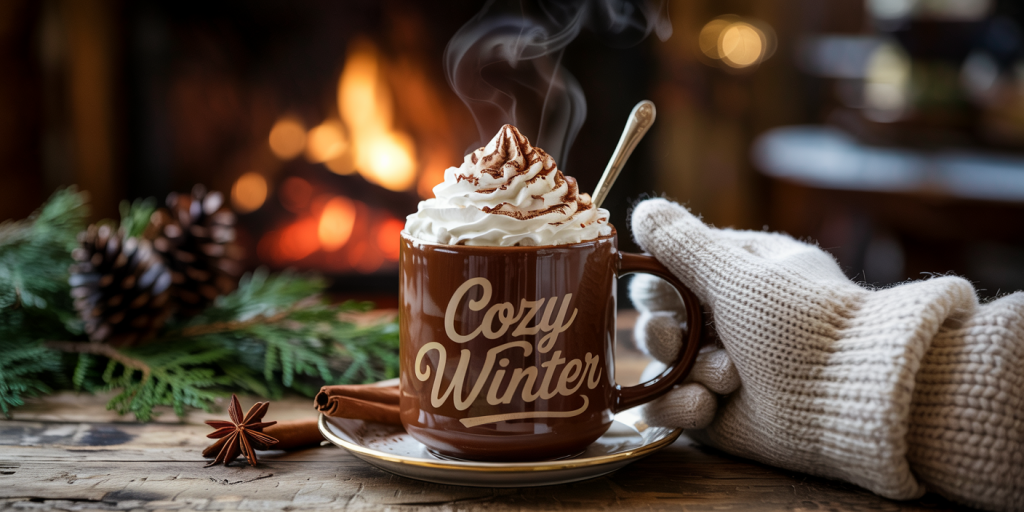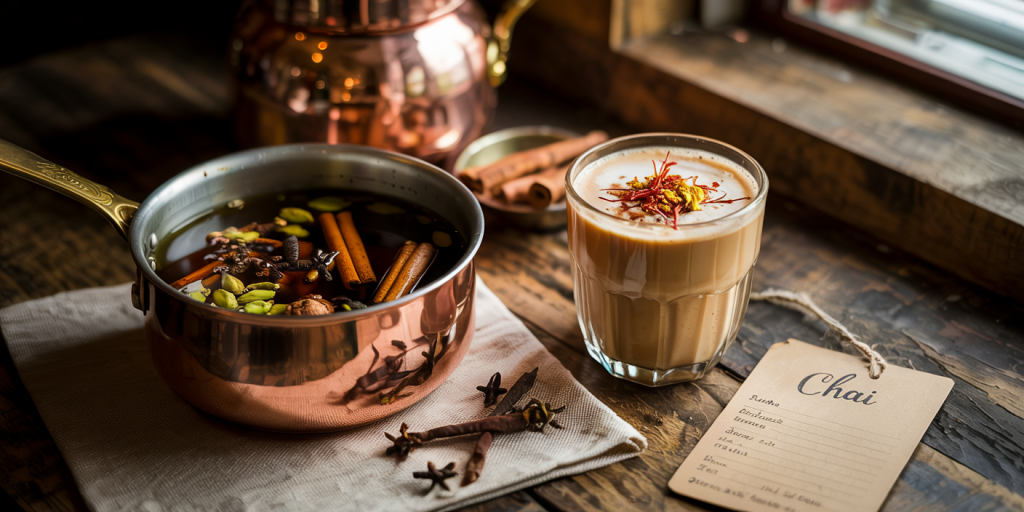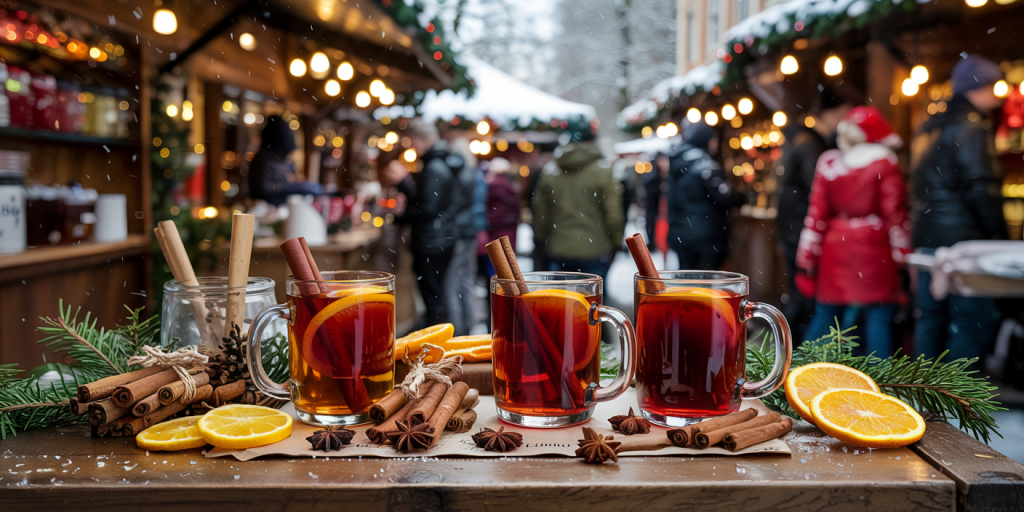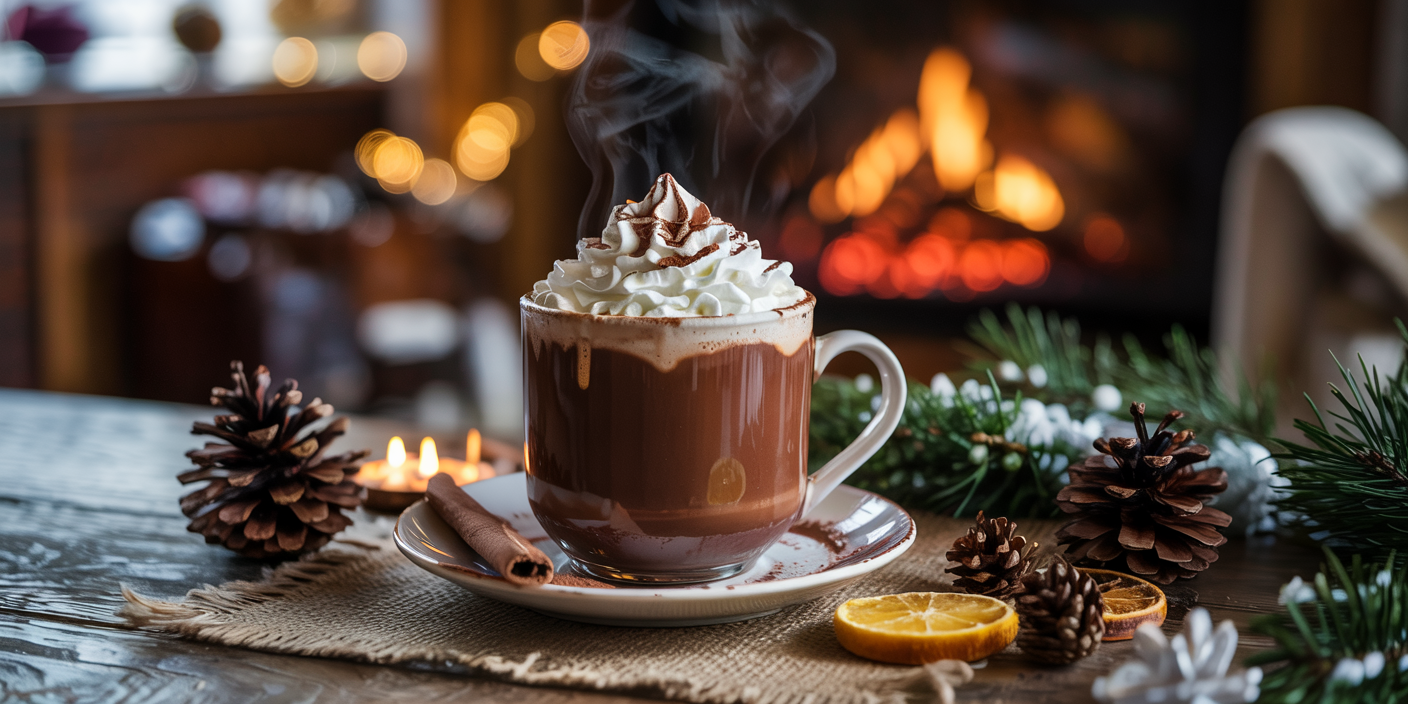As the winter months approach, temperatures drop, and the desire for comforting, warm beverages increases significantly. Winter warm drinks, such as hot cocoa and chai, have stood the test of time as favorites for battling the cold both at home and in cafes worldwide. These beverages not only provide physical warmth but also offer emotional comfort and cultural richness. Understanding the diversity, health benefits, and preparation techniques of winter warm drinks equips enthusiasts and casual drinkers alike to make the most of the chilly season.
This article explores popular winter warm drinks, their origins, nutritional profiles, preparation styles, and emerging trends, supported by practical examples and data-driven insights to help readers appreciate their value fully.
The Timeless Allure of Hot Cocoa
Hot cocoa, also known as hot chocolate, is arguably one of the most beloved winter beverages globally. Its rich, creamy flavor offers instant coziness on cold days. Historically, hot cocoa dates back to ancient Mesoamerican civilizations, where the Mayans and Aztecs consumed cacao as a bitter, spiced drink. It wasn’t until the 17th century that sweetened versions became popular in Europe, evolving into the sweet, milky beverage enjoyed today.
From a nutritional standpoint, hot cocoa can vary greatly depending on preparation methods. A cup of typical hot cocoa made from powdered mix contains about 150 calories, with 24 grams of sugar, which can be excessive if consumed frequently. However, using pure cacao powder and natural sweeteners can make it a healthier option, rich in antioxidants such as flavonoids known to support cardiovascular health, according to studies published by the American Journal of Clinical Nutrition.
In practical terms, variations of hot cocoa are vast. For instance, in Switzerland, dark chocolate is melted into milk, creating a luxurious, thick drink, whereas in the United States, convenience powdered mixes dominate due to ease of preparation. Experimenting with different spices like cinnamon, vanilla, or chili enhances flavor complexity and delivers additional health benefits such as anti-inflammatory effects.
Chai: A Spiced Tradition Warming Millions Worldwide
Chai, which means “tea” in several South Asian languages, is a spiced tea blend traditionally made by brewing black tea with a combination of aromatic spices such as cardamom, cinnamon, ginger, cloves, and black pepper. Originating from India, chai is not just a beverage but a cultural staple that symbolizes hospitality and comfort. According to market research firm Grand View Research, the global chai market value reached USD 3.8 billion in 2023, a clear indication of chai’s growing international presence.

Chai’s appeal lies in its blend of bold flavors and medicinal properties. The spices used in chai are linked to various health benefits: ginger aids digestion, cardamom enhances metabolism, and cinnamon helps regulate blood sugar. Traditional preparation involves simmering the tea and spices with milk and sweetener, often jaggery or sugar, resulting in a creamy, invigorating drink that warms the body from within.
Case studies from urban coffee shops show that chai lattes have grown significantly popular in Western countries, with Starbucks reporting chai latte sales increasing by 15% during winter months in 2023. Consumers are increasingly drawn to this flavorful alternative to plain tea or coffee, appreciating both its taste profile and perceived health benefits.
Comparing Popular Winter Warm Drinks: Hot Cocoa, Chai, and Beyond
To better understand the differences and suitability of various winter warm drinks, consider this comparative table highlighting taste profile, caffeine content, nutritional effects, and cultural origins for three popular options: hot cocoa, chai, and mulled cider.
| Drink | Taste Profile | Caffeine Content (per cup) | Key Nutritional Elements | Cultural Origin |
|---|---|---|---|---|
| Hot Cocoa | Sweet, creamy, chocolatey | 3-10 mg (depends on cacao) | Antioxidants, sugar, fats | Mesoamerica/Europe |
| Chai | Spicy, sweet, robust | 40-70 mg (black tea base) | Antioxidants, digestive benefits | India |
| Mulled Cider | Sweet, tart, spiced | 0 mg | Vitamin C (from apple cider), sugars | Europe (mainly Germany) |
Several factors influence the choice of drink, including personal taste preferences, health considerations, and cultural background. For instance, those seeking caffeine may prefer chai over hot cocoa, while individuals aiming for a caffeine-free option might select mulled cider during winter gatherings.
Health Benefits and Considerations of Warm Winter Drinks
Warm drinks in winter provide more than just physical warmth; they offer a range of health advantages when consumed mindfully. Hot cocoa made with high-quality dark chocolate possesses medicinal properties. The Mayo Clinic notes that the flavonoids in cocoa can improve heart health by lowering blood pressure and improving blood flow. Moreover, the serotonin-boosting effects of chocolate may contribute to enhancing mood during the often dreary winter months.
Chai’s blend of spices serves as a natural immune booster. Research published in the Journal of Ethnopharmacology highlights the antimicrobial and anti-inflammatory properties of ingredients such as ginger and cinnamon, which can help reduce cold symptoms. Additionally, the milk or milk alternatives used in chai provide essential nutrients such as calcium and protein, which support bone health, especially important during winter when outdoor physical activity tends to decline.
On the downside, many commercial versions of these drinks are high in sugar and calories, contributing to weight gain if consumed excessively. A report by the CDC indicated that 35% of adults in the U.S. exceed daily recommended sugar intake, partly due to sugary beverages, including warm drinks. Opting for homemade versions with controlled ingredients can mitigate these risks.
Preparation Techniques and Serving Suggestions
Proper preparation is crucial for maximizing both flavor and health benefits of winter warm drinks. For hot cocoa, using pure, unsweetened cacao powder rather than mixes containing fillers and excess sugar allows for customization of sweetness and texture. A practical recipe could involve melting 2 tablespoons of cacao powder with a teaspoon of honey and whisking it into steamed almond or oat milk for a dairy-free alternative.

Chai preparation traditionally involves boiling water, spices, tea leaves, and milk together, simmering for several minutes to blend flavors. For a modern twist, many cafes use chai concentrate or tea bags infused with ginger and cardamom to save time without sacrificing taste. Moreover, allowing the spices to steep longer intensifies the aroma and depth of the drink, which is especially comforting on freezing nights.
Serving suggestions include topping hot cocoa with natural whipped cream and a sprinkle of nutmeg or cocoa powder, adding a fresh perspective with mint leaves. In chai, garnishing with crushed pistachios or a hint of saffron can elevate the presentation and sensory experience. Practical examples in hospitality indicate that getting such details right can boost customer satisfaction and repeat business, as reported in a 2022 survey by Nation’s Restaurant News.
Exploring Other Popular Winter Warm Drinks
Besides hot cocoa and chai, other traditional winter beverages also merit attention. Mulled cider, as noted earlier, is prevalent in many European countries during holiday festivities. It involves heating apple cider with spices such as cloves, cinnamon sticks, and orange peel, delivering a sweet and tangy alternative ideal for family gatherings. According to Nielsen data, mulled cider sales spike by 25% from October through December in the U.S.

Another notable drink is the European Glühwein (mulled wine), made with red wine heated with similar spices. While alcoholic, it remains a winter staple at Christmas markets and social events, adored for its calming, warming effect.
A less commonly discussed but equally warming option is golden milk, an Ayurvedic turmeric-based drink. Golden milk combines turmeric, ginger, cinnamon, black pepper, and milk, known for its powerful anti-inflammatory and immune-boosting properties. Dr. Avni Sali, an expert in integrative medicine, highlights turmeric’s potential for aiding winter cold prevention in her 2023 public health webinar.
Future Trends in Winter Warm Drinks
As consumer awareness of health and culinary experience deepens, the winter warm drinks market is evolving rapidly. Innovations include plant-based milk options like oat and cashew milk replacing dairy to accommodate lactose-intolerant or vegan consumers. These alternatives tend to have lower saturated fat content and are appealing to environmentally conscious buyers, as noted in the 2023 Plant-Based Foods Association report showing a 15% annual growth in plant-based milk sales.
Flavor innovation is another emerging trend. Infusions of adaptogenic herbs such as ashwagandha and reishi mushroom powders aim to offer stress relief alongside warmth. Coffee chains and artisanal cafes are experimenting with these ingredients to create unique seasonal beverages that cater to wellness-conscious demographics.
Furthermore, technology is integrating with tradition; smart kitchen appliances now allow precise temperature and steeping control for chai and cocoa preparations, improving consistency and ease of use at home. Data from a 2023 consumer technology survey indicates that 30% of home cooks invested in smart beverage makers for winter recipes, signaling increased engagement with homemade warm drinks.
Finally, sustainability concerns are influencing packaging and product sourcing in the winter drink sector. Ethical cacao sourcing and organic spice production are gaining attention, aligning with the values of millennial and Gen Z consumers. Brands promoting transparency and environmental responsibility are seeing enhanced loyalty, as documented in Deloitte’s 2024 consumer trends report.
—
In summary, winter warm drinks like hot cocoa and chai represent a harmonious blend of culture, health, and sensory delight. Embracing varied recipes, understanding nutritional impacts, and staying abreast of future trends ensure these beverages continue to enrich winter experiences globally. Whether enjoyed in front of a fireplace or shared at community gatherings, warm drinks remain an indispensable symbol of winter comfort.

Deixe um comentário